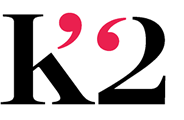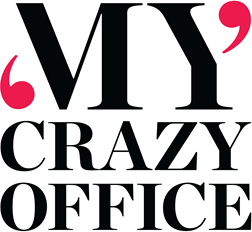Interpersonal boundaries, the lines or parameters that define and protect the territory between individuals, can be difficult to discern. How do I know when my behavior feels invasive to you? How can you tell if you’ve offended my sense of propriety?
Because interpersonal boundaries are imperceptible to the human eye, and because they differ from person to person, they have to be communicated. Part of the work at work involves defining and expressing your own interpersonal boundaries.
Here’s a hint: If you are continually angry, upset or complaining about someone or something, you probably need to set a boundary.
In this case, anger can be your friend. It’s telling you that you feel invaded and probably need to protect yourself. It’s important not to act out in anger. Rather, notice who and what bothers you. Then consider whether you need to communicate a boundary.
If a coworker’s voice is too loud, can you ask that person to lower the volume – explaining that you’re having a hard time concentrating?
If your client is behind in payment, can you explain that until you receive payment for work already delivered, you won’t be able to move on future projects?
If your boss or coworkers habitually email you at midnight, can you stop responding to all emails after 10 p.m.?
Use your anger as a signal that someone may be inadvertently invading your territory. Then see what you can say or do to communicate your limit.



Looking to advertise with us?
We have sponsorships available on the My Crazy Office Podcast.
Please email us at info@mycrazyoffice.co.